Labels matter. So check out this updated glossary to make sure you’re using the right one…
The language we use to talk about things like gender identity and sexual orientation has been slowly evolving for years, in part because of the willingness of 2SLGBTQI+ individuals to be open about who they are and how they identify. The idea that each person’s sexual orientation and gender identity lies somewhere on a spectrum rather than as an absolute gay or straight/male or female has been around for a while, but younger generations are now accepting it as fact and embracing everything that comes along with that.
Keeping up with all the new terminology isn’t always easy, but the main thing is to, first and foremost, respect any label an individual chooses to give themselves. To make things a little easier, here are a few common 2SLGBTQI+-related terms that you should definitely know.
2SLGBTQI+: The acronym used by IN Magazine and numerous other organizations across the country to refer to the Canadian community. 2S, at the front, recognizes two-spirit people as the first 2SLGBTQI+ communities; L: lesbian; G: gay; B: bisexual; T: transgender; Q: queer; I: intersex (considers sex characteristics beyond sexual orientation, gender identity and gender expression); +: is inclusive of people who identify as part of sexual and gender-diverse communities, who use additional terminologies.
Aromantic: A person who lacks romantic attraction or interest in romantic expression. An aromantic person’s sexual and romantic orientations may differ (e.g., aromantic lesbian), and they may have romantic and/or sexual partners.
Asexual: Someone who experiences no sexual attraction to other people regardless of gender identity or sex. They might still want to find love and be in a relationship; sex just isn’t something they want or need.
Binary: The concept that sex is divided into only two categories: you’re either male or you’re female. On the other hand, someone who is non-binary is not exclusively a man or a woman, but rather as somewhere in between or completely outside of the gender binary. A gender-queer person embraces more fluid ideas of gender; they are both a man and woman, neither a man or woman, or a combination of the two. Similarly, gender-fluid people don’t identify exclusively with a single gender and are open to their gender shifting over time.
Bisexual/Biromantic: A person who is sexually and/or romantically attracted to two or more genders.
Cisgender: A person whose gender aligns with the sex they were assigned at birth.
Demisexual: Someone who doesn’t develop any kind of sexual attraction towards another person until they have built a strong emotional connection with them.
Gay: A person who is sexually and/or romantically attracted to people of the same sex or gender identity. Traditionally this identity was reserved for men, but it has been adopted by people of all gender identities.
Gender expression: How we express our gender identities, and either do and don’t conform to socially defined gender norms. This could include the way someone does their hair, how they talk, or the clothes they choose to wear. For example, a transgender woman might choose to grow her hair long and wear makeup to appear more feminine.
Gender-fluid: A person whose gender identity varies over time.
Gender identity: A person’s concept of their own gender regardless of the sex they were assigned at birth.
Gender role: The expected social behaviours that a culture assigns to what it means to be a man or a woman. For example, women are supposedly emotional while men are supposedly stoic. Someone who is gender non-conforming does not adhere to the traditional expectations of their gender.
Heteronormativity: A culture bias that considers heterosexuality (being straight) the norm. For example, if you meet someone new and automatically assume they’re straight unless they tell you otherwise, that’s heteronormativity.
Heterosexual/Heteroromantic: A person who is sexually and/or romantically attracted to people of a different gender than themselves.
Intersex/Intersectionality: The understanding that everyone has a number of overlapping identities – including race, class, religion, ethnicity, sexual orientation and gender – that inform the way they see the world and experience oppression and discrimination.
Lesbian: Typically a woman who is sexually and/or romantically attracted to other women.
Non-binary (also gender-queer): Refers to a person whose gender identity does not align with a binary understanding of gender such as man or woman. It is a gender identity which may include man and woman, androgynous, fluid, multiple, no gender, or a different gender outside of the “woman—man” spectrum.
Pansexual: A person who is attracted to all different types of people no matter what their gender identity or sexual orientation happens to be.
Queer: Although it used to be considered a negative slur, ‘queer’ has been reinvented as an umbrella term to describe the many different ways people reject binary gender and sexual orientation categorizations. If someone identifies as ‘queer,’ it simply means they are open to embracing identities outside the mainstream.
Questioning: A person who is uncertain about their sexual orientation and/or gender identity; this can be a transitory or a lasting identity.
Sexual orientation: Romantic and sexual attraction for people of the same or another sex or gender.
Transgender: A person whose gender identity is different from the sex they were assigned at birth. For example, a transgender woman is a person who was assigned male at birth but is a woman. Alternatively, a cisgender person’s gender identity matches up with the sex they were assigned at birth.
Transsexual: A transgender person who chooses medical intervention such as gender-affirming surgery and/or hormone therapy. It’s important to note that this is an older term that has origins in the medical and psychological communities. Unless someone uses it to describe themselves it should be avoided by the general public.
Two-spirit: Refers to a person who identifies as having both a masculine and a feminine spirit, and is used by some Indigenous people to describe their sexual, gender and/or spiritual identity. As an umbrella term, it may encompass same-sex attraction and a wide variety of gender variance, including people who might be described in Western culture as gay, lesbian, bisexual, transsexual, transgender, gender-queer, cross-dressers or those with multiple gender identities.

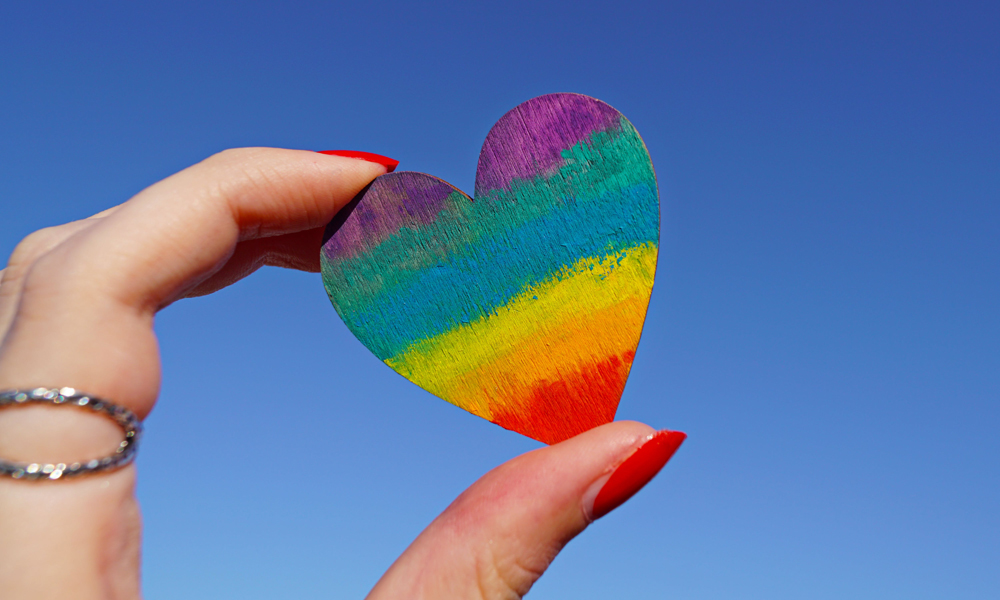

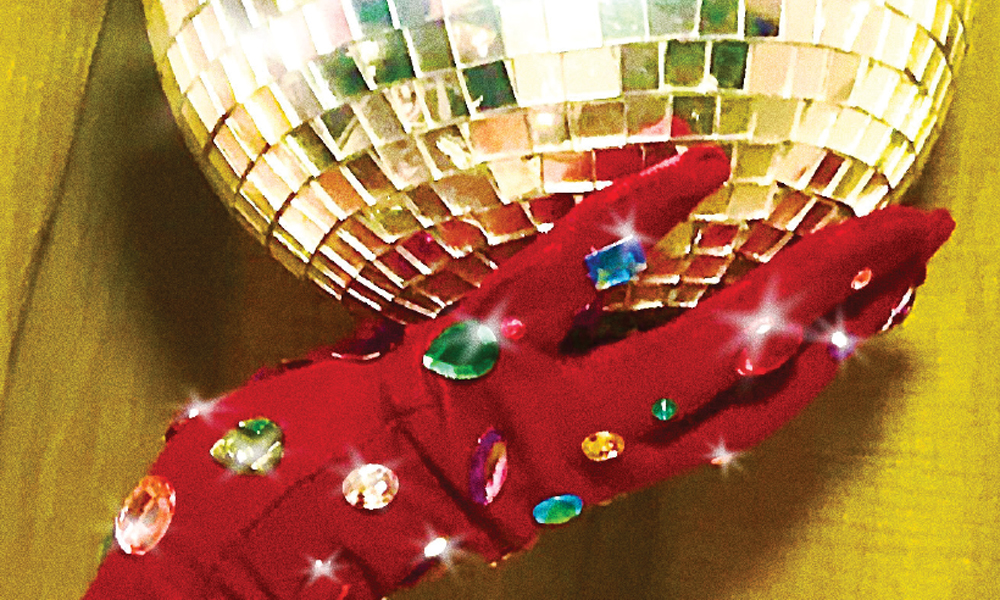
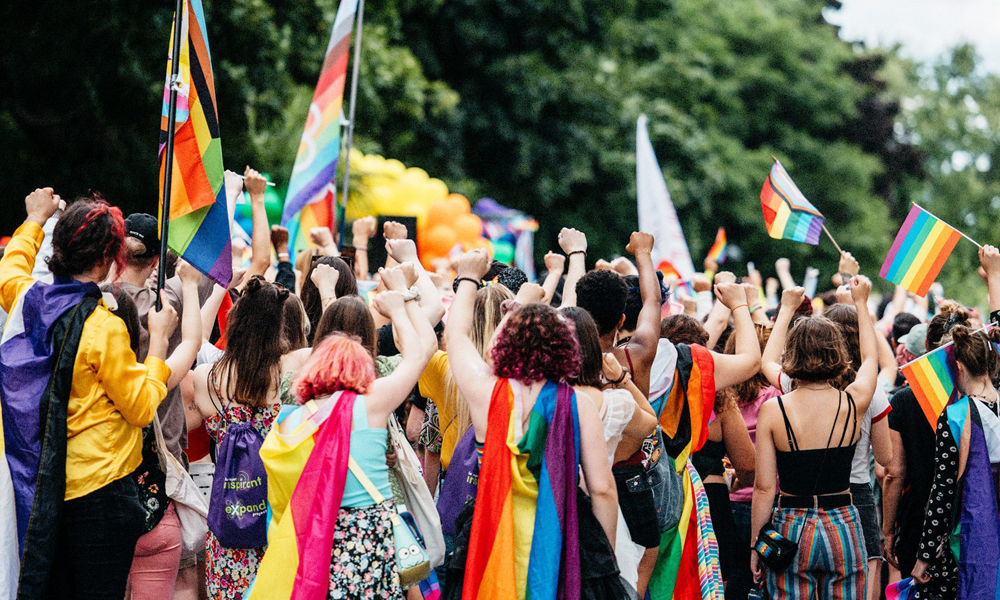
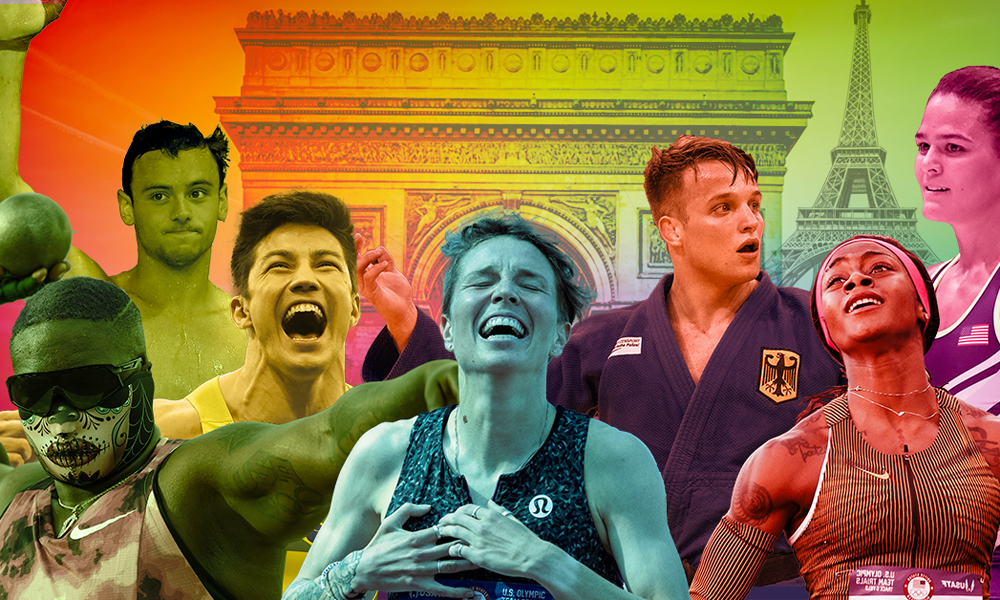
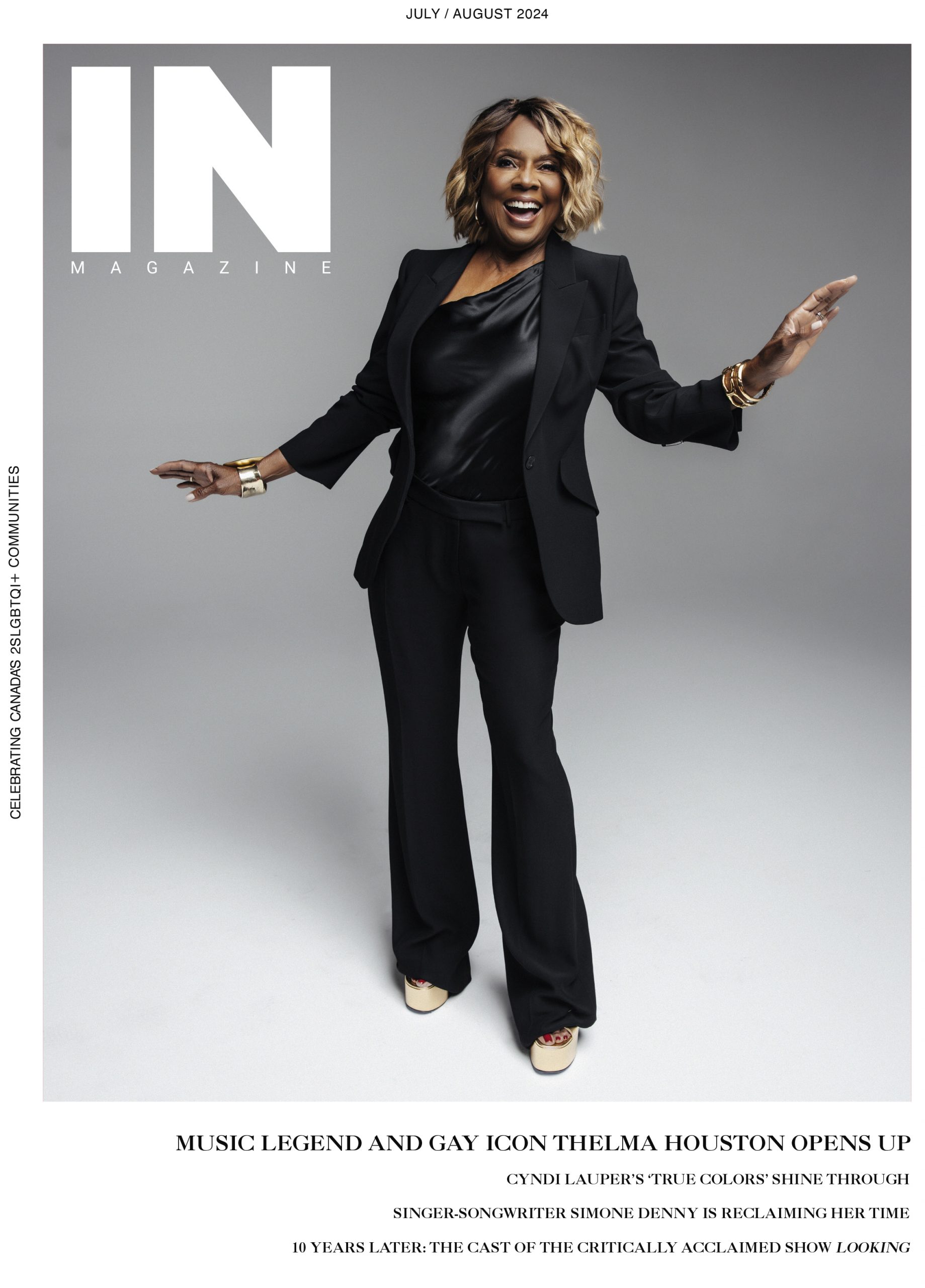
POST A COMMENT